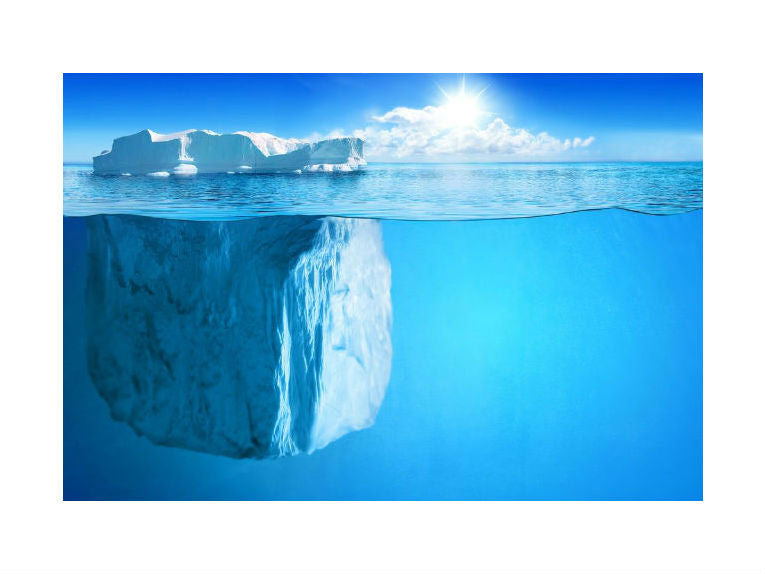After all that bother about ice melting and animals lost on the floes, we needn't have bothered. As CO2 dissolves so rapidly, like most gases, in cold water, the whole place is becoming a giant acid bath. AMAP (the Arctic Monitoring and Assessment Programme) has predicted it could take 10,000 years to return to the chemistry that the Arctic once had.
So why should we worry about this? The seas are "basically" alkaline. The chemistry of the ocean provides calcium and other metal ions with phosphate and several other anions for plants, molluscs, vertebrate and arthropod bodies as well as the bulk of coral reefs. In the Artic we can forget about reefs, but the whole ecosystem is based on calcium and the rest getting to the krill, the shellfish and the bony fish to build their bodies. The rate of acidification has been rising for 50 years, at many depths but largely at the surface. The increase has made acidity rise by 305 in 200 years, mainly in those last 50 years.
Burning fossil fuels has created all this extra carbonic acid, dissolved as H+ and CO32- ions. The Arctic has lots of fresh water flowing into it from Asia and Canada and melting ice, which is relatively pure too. Such cold water rapidly becomes acidic at the surface where it exposed more and more each year because of meltage. Bacteria simply add to this acidity on sea bottoms, and in coastal and continental shelf areas where organic material is added.
From season to season each part of the Arctic can vary remarkably in acidity because of local influences such as a polluted river. The short food chains leading directly to seals or sea-birds are vulnerable. If the arctic cod, for example, lose a prey item such as sea urchins or pteropods, which were recently proved to be wiped out by acidification (no shells!), the food chain is lost for many organisms relying on that simple relationship.
Some organisms gain from warming water and locally improved habitat. The flowering plant, sea grass is already enlarging its area of influence. Many will become increasingly unable to make a shell or form a strong enough exoskeleton. Birds and mammals can gain from such increases and don't suffer directly from acidification. Trace elements in their diet are another matter, however. If a prey item disappears, that species could be a bird or mammal's only source of such nutrition. Fish eggs and larvae are equally vulnerable to low pH. (Acid conditions) The sea is a great buffer against all kind of change, but pH change can only be absorbed just so far.
Warmth and pollution are well-known changes in Arctic Ocean waters. Combined with acid conditions, the effects on a whole system can't be modelled imagined or prepared for. Science just can't know what will turn up next, apart from listing the missing species! The fish productivity has been reported on in general North American waters, but the Arctic is a much richer fish sanctuary, though used for generations by fishermen of many countries. Habitat degradation is perhaps the clue here.
If we can maintain the pure Arctic condition as far as possible, then young fish may still be able to cope with pH change. Strangely the very fish likely to be affected by the acid Arctic are those most harvested traditionally. The indigenous people will adapt as they have already, to shortages of herring or cod, but global harvesting could be brought to a shuddering stop. The report from AMAP was headed by Richard Bellerby, from the Norwegian Institute for Water Research who has mentioned the huge rivers involved and the technical ways in which their waters exacerbate the buffering problem. His team have laid out a 10,000 year road map, but we need to start this year to prevent the problem from doubling or worse.










